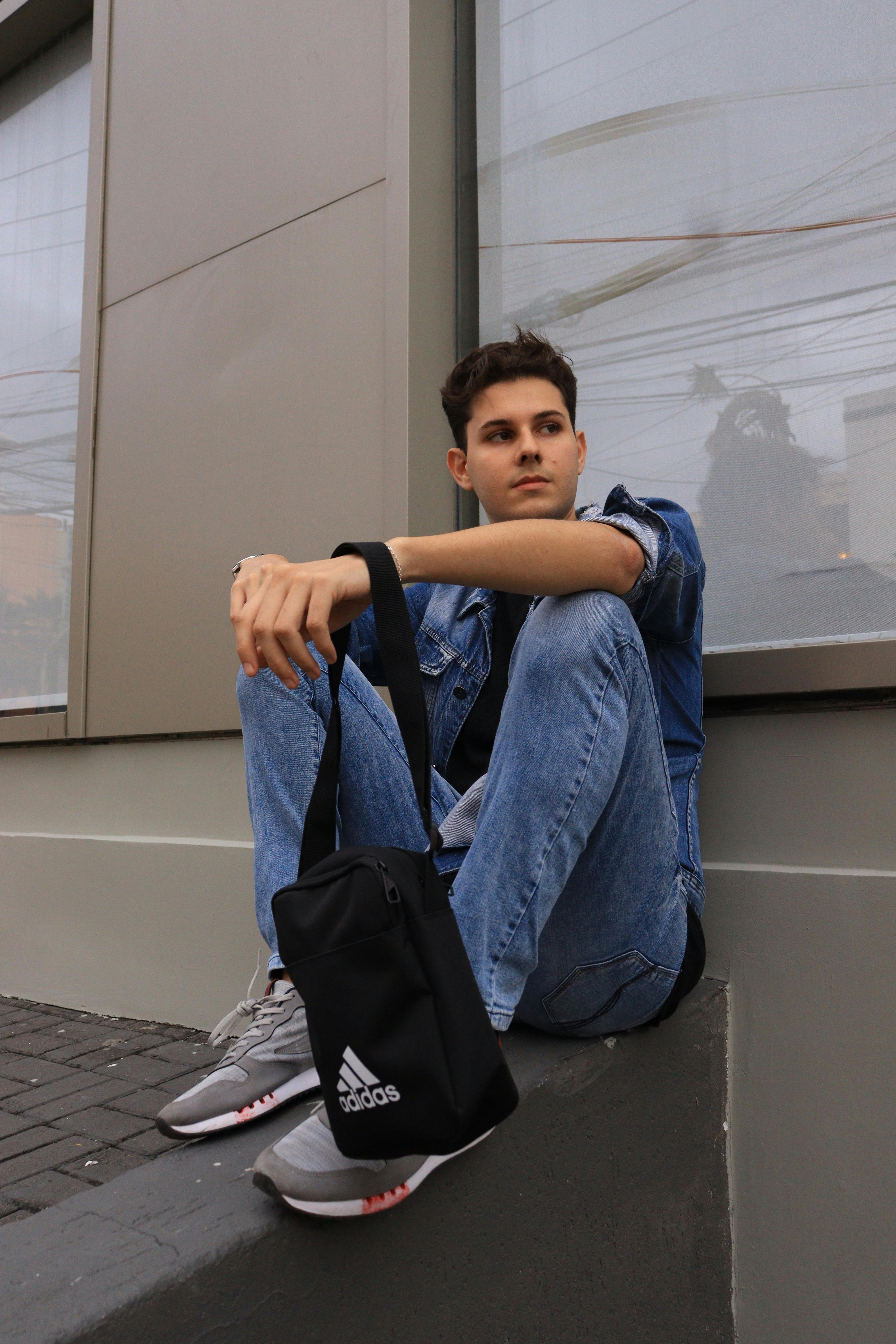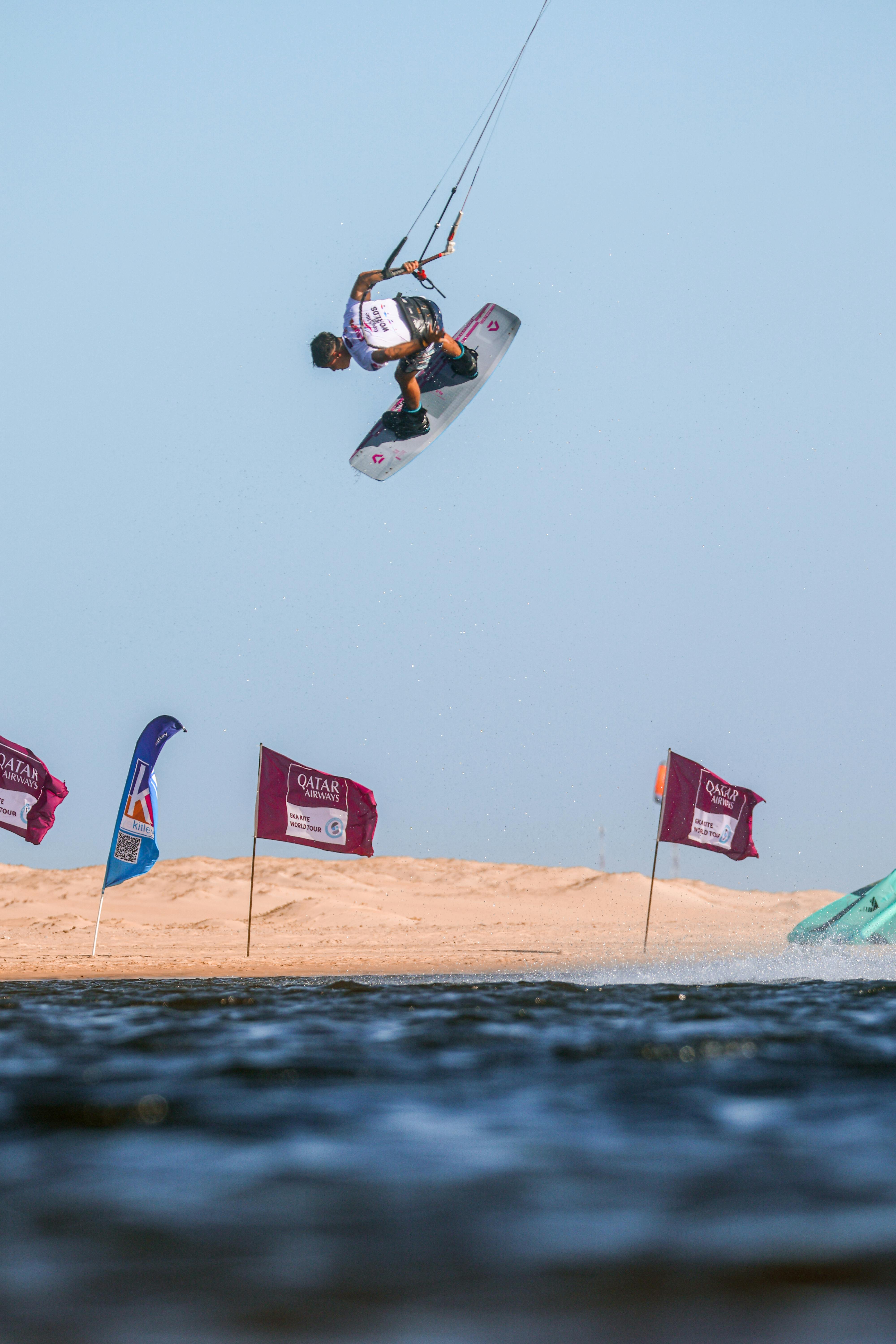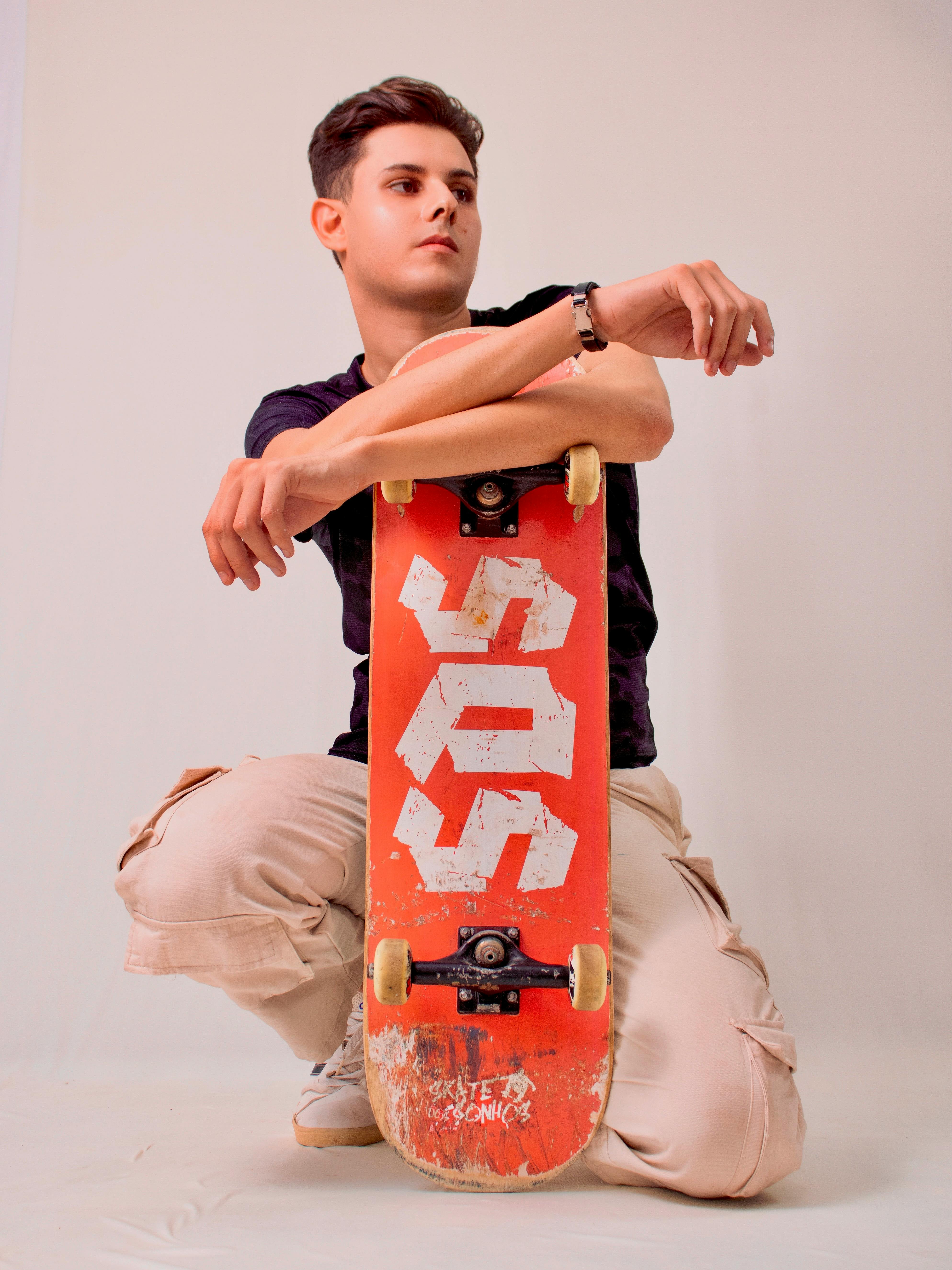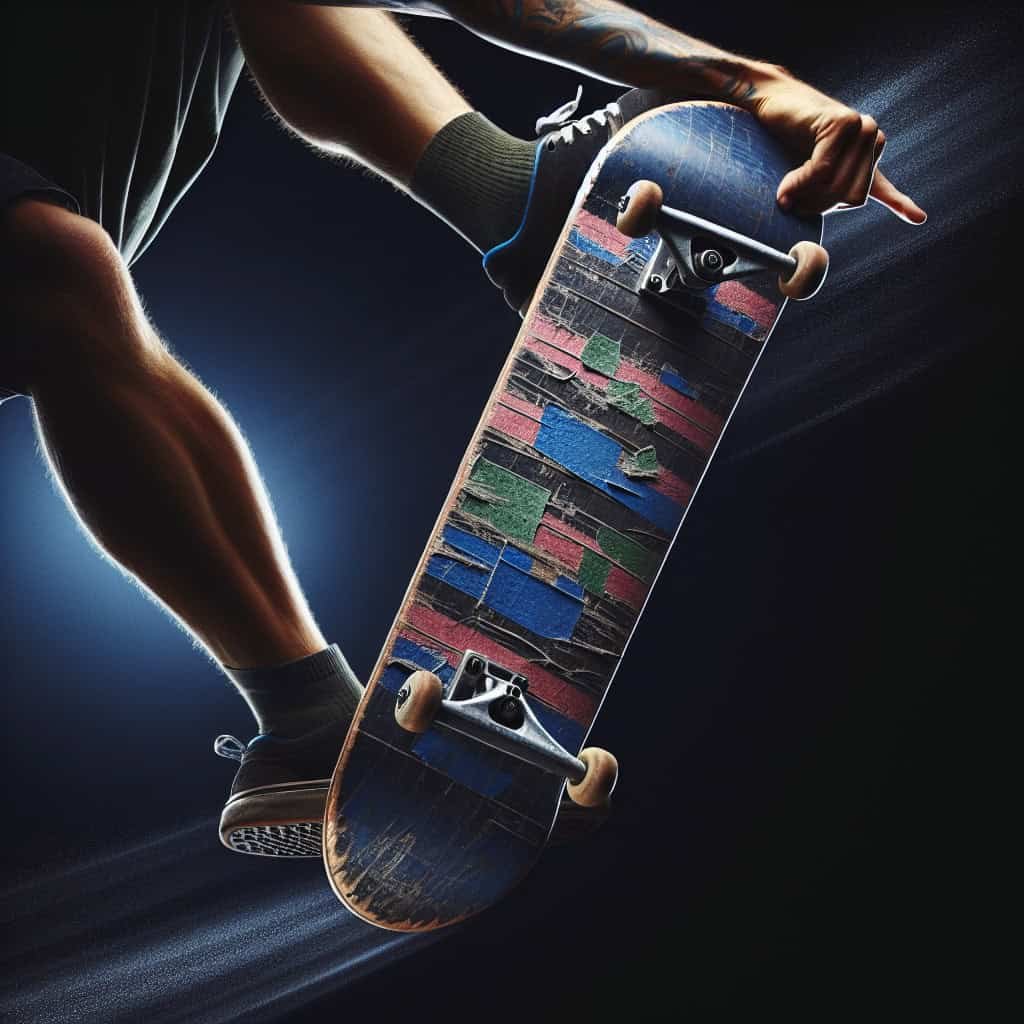Are you looking to enhance your skills in skating transition and pools? If so, this article is for you! We will explore various tips and techniques to help you improve your ability on the skate ramps and in pool skateboarding. Whether you are a beginner or have some experience, these insights will provide valuable guidance to take your skating to the next level. Get ready to conquer those transitions and pools with confidence!
Understanding the Basics
Skating transition and pools requires a solid foundation in the fundamentals of skating. Before diving into advanced techniques and tricks, it’s important to grasp the basics. This includes knowing how to balance properly on your skateboard, understanding the mechanics of pushing and turning, and getting comfortable with riding on various terrains.
Knowing the Fundamentals of Skating
To improve your ability to skate transition and pools, it’s crucial to have a strong grasp of the basics of skateboarding. This includes having a good stance, with your feet positioned correctly on the board for stability and control. Understanding how to distribute your weight and maintain balance is essential when riding in transition and pools. Practice riding on flat ground, mastering your pushing technique, and getting comfortable with turning and stopping before progressing to more challenging terrain.
Understanding Transition and Pool Skating
Transition refers to ramps, bowls, or any surface that curves and provides a smooth transition from a lower point to a higher point. Pool skating, on the other hand, involves riding on the surface of a pool, typically with vertical walls and curved transitions. Understanding the different types of transition and pool designs will help you navigate these features more effectively. Get familiar with the shape and layout of various ramps, bowls, and pools, and pay attention to how your body and skateboard should transition smoothly between these different surfaces.
Developing Balance and Control
A key aspect of improving your ability to skate transition and pools is developing a strong sense of balance and control. This can be achieved through consistent practice and deliberate focus on maintaining stability on your board. By strengthening your core muscles, improving your leg and arm strength, and enhancing your overall endurance and stamina, you’ll be able to maintain control over your skateboard while navigating challenging transition and pool features. Building a solid foundation of balance and control will not only improve your performance but also help prevent injuries.
Mastering the Techniques
Once you have a solid understanding of the basics, it’s time to move on to mastering specific techniques that will elevate your transition and pool skating skills.
Pumping for Speed and Momentum
Pumping is a crucial technique in transition and pool skating, as it allows you to generate speed and maintain momentum without relying solely on pushing. To pump effectively, you need to utilize your body’s natural movements to transfer energy from one transition to another. By bending your knees, shifting your weight, and using your arms to guide your movements, you can generate the necessary speed and momentum to ride fluidly through transitions and pools.
Performing Basic Tricks
While skating transition and pools can be exhilarating on its own, adding basic tricks to your repertoire will take your skill level to the next level. Start with fundamental tricks such as kickturns, axle stalls, and rock to fakies. These tricks will not only enhance your overall skateboarding abilities but also open up new possibilities for maneuvering through transitions and pools. Practice these tricks consistently, perfecting your technique and gradually increasing the difficulty level.
Executing Advanced Tricks
As you become more proficient in basic tricks, you can progress to more advanced maneuvers that will showcase your skill and style. Tricks like grinds, airs, and lip tricks require a combination of technical skill, balance, and confidence. It’s important to take your time and progressively work your way up to these tricks, ensuring that you have a solid foundation and understanding of the mechanics involved. Seek guidance from experienced skaters or professionals who can offer insights and help you refine your technique.
Exploring Different Transition Types
Transition skating offers a wide range of possibilities when it comes to different types of ramps and bowls. Each transition type presents its own unique challenges and opportunities. From bank ramps to half-pipes and full bowls, familiarize yourself with the different features and transitions found in skateparks. This will allow you to adapt your skating technique accordingly and explore new ways of maneuvering through various transition styles.
Utilizing Pool Features
When it comes to pool skating, understanding how to utilize the features within a pool can greatly enhance your ability to skate transition and pools. Pay attention to the shape of the pool, the position of the coping, and any other unique features such as steps or corners. These elements can be utilized to perform tricks, generate speed, or maintain flow throughout the pool. Experiment with different lines and approaches to discover the full potential of the pool’s design.

Building Strength and Stamina
To perform at your best in transition and pool skating, it’s essential to build and maintain physical strength and stamina. This will not only improve your overall performance but also reduce the risk of injuries.
Strengthening Core Muscles
Having a strong core is crucial for maintaining balance and stability on your skateboard, especially when riding transition and pools. Integrate exercises that target your core muscles, such as planks, Russian twists, and bicycle crunches, into your workout routine. A strong core will provide a solid foundation for executing tricks, absorbing impacts, and maintaining control while navigating challenging terrain.
Improving Leg and Arm Strength
Your legs and arms play a significant role in controlling and maneuvering your skateboard. Strengthening these muscle groups will enhance your ability to ride transition and pools with confidence and control. Incorporate exercises like squats, lunges, calf raises, push-ups, and tricep dips into your fitness routine. As your leg and arm strength improves, you’ll notice an increase in stability, power, and maneuverability on your skateboard.
Enhancing Endurance and Stamina
Skating transition and pools can be physically demanding, requiring endurance and stamina to maintain a high level of performance throughout your session. Incorporate cardiovascular exercises such as running, cycling, or swimming into your training regimen to improve your overall fitness. Building endurance will allow you to skate for longer periods, execute more tricks, and recover faster between runs.
Safety Measures
Transition and pool skating can be thrilling, but it’s important to prioritize safety to prevent accidents and injuries. Taking proper safety measures will ensure a positive and enjoyable skating experience.
Wearing Appropriate Protective Gear
Protective gear is essential when it comes to any form of skateboarding, and transition and pool skating are no exceptions. Always wear a properly fitted helmet to protect your head from potential impacts. Elbow and knee pads, as well as wrist guards, are also highly recommended to minimize the risk of injuries. Investing in quality protective gear will provide peace of mind and allow you to skate with confidence and focus.
Assessing Skatepark Conditions
Before riding at a skatepark, take the time to assess the conditions of the ramps, bowls, and pools. Look for any cracks, debris, or other potential hazards that could affect your safety. Avoid skating on wet surfaces or those with poor maintenance, as they can increase the risk of accidents. If you notice any dangerous conditions, report them to the park authorities or maintenance staff to ensure the safety of yourself and other skaters.
Avoiding Overexertion and Fatigue
Transition and pool skating require physical exertion, and it’s important to listen to your body to prevent overexertion and fatigue. Take breaks when needed, hydrate regularly, and listen to any signs of discomfort or pain. Pushing yourself too hard without proper rest can lead to injuries and hinder your progress. Pace yourself, warm up before each session, and gradually increase the intensity and duration of your skating sessions to avoid overexertion.

Technique Enhancement
Enhancing your skateboarding techniques is key to improving your ability to skate transition and pools. Focus on honing your skills, correcting mistakes, and seeking guidance when needed.
Practicing Consistently
Consistency is key when it comes to improving your skateboarding skills. Set aside regular practice sessions dedicated to transition and pool skating. The more you practice, the more comfortable you’ll become with the techniques required to navigate these features. Incorporate exercises and drills that specifically target transition and pool skating into your practice routine. By consistently challenging yourself and pushing your limits, you’ll steadily improve your ability to skate transition and pools.
Focusing on Proper Form and Body Position
Proper form and body position play a crucial role in skateboarding, particularly when it comes to transition and pool skating. Pay attention to your stance, balance, and weight distribution to achieve optimal control and stability on your skateboard. Practice maintaining a low center of gravity, bending your knees, and keeping your body aligned with your board. By focusing on proper form, you’ll be able to execute tricks and maneuvers more efficiently and smoothly.
Analyzing and Correcting Mistakes
Even the most experienced skaters make mistakes, but what sets them apart is their ability to analyze and correct those mistakes. When you encounter difficulties while skating transition and pools, take the time to analyze what went wrong. Was it a balance issue? Body positioning? Insufficient speed? By identifying the root cause of the mistake, you’ll be better equipped to correct it and avoid repeating the same error in the future. Don’t get discouraged by setbacks; view them as learning experiences and opportunities for growth.
Seeking Professional Guidance
If you feel stuck in your progression or want to take your skills to the next level, seeking guidance from experienced skaters or professionals can be immensely helpful. Local skateboarding coaches or skateparks often offer lessons and clinics specifically focused on transition and pool skating. Taking advantage of these resources will provide you with valuable insights, personalized feedback, and guidance on how to improve your technique. Professional guidance can help you overcome obstacles, refine your style, and advance your skills with confidence.
Mental Preparation and Visualization
Transition and pool skating require not only physical skill but also mental fortitude. Training your mind and adopting a positive mindset will help you push through challenges and reach new heights in your skating.
Developing a Positive Mindset
Approaching transition and pool skating with a positive mindset is crucial for growth and progress. Believe in your abilities, visualize success, and maintain confidence in your skills. Embrace challenges as opportunities for growth, and don’t let frustration or fear hold you back. Cultivating a positive mindset will not only enhance your enjoyment but also boost your performance and allow you to achieve new levels of success.
Visualizing Successful Runs
Visualization is a powerful tool that can enhance your performance in transition and pool skating. Take the time to visualize successful runs in your mind before actually attempting them. Imagine yourself navigating transitions smoothly, executing tricks flawlessly, and experiencing the exhilaration of a perfect run. By visualizing success, you’ll build confidence, improve focus, and mentally prepare yourself for executing your desired lines and tricks.
Managing Fear and Overcoming Obstacles
Fear is a natural part of skateboarding, especially when it comes to navigating challenging transition and pools. It’s important to acknowledge and manage your fears in order to progress and grow as a skater. Start by setting small, achievable goals that gradually push you out of your comfort zone. Visualize success, practice positive self-talk, and break down obstacles into smaller, more manageable tasks. With each successful attempt, your confidence will grow, and your ability to overcome fear will increase, allowing you to push your limits further.

Learning from Experienced Skaters
One valuable resource for improving your ability to skate transition and pools is learning from experienced skaters who have mastered these techniques. Observing, seeking tips and advice, and participating in skating communities can provide invaluable insights and inspiration.
Observing and Analyzing Skilled Skaters
Take the time to observe skilled skaters who are proficient in transition and pool skating. Watch their techniques, body positioning, and lines. Pay attention to how they generate speed, execute tricks, and maintain flow throughout different transitions. Analyze their style and approach to gain insights that you can apply to your own skating. This kind of visual learning can provide inspiration and allow you to discover new possibilities for your own progression.
Seeking Tips and Advice
Don’t be afraid to ask for tips and advice from experienced skaters. Skating communities are often welcoming and supportive, and many skaters are more than willing to share their knowledge and experiences. Reach out to local skaters, attend skateboarding events, or join online skateboarding forums to connect with fellow skaters who can offer guidance and tips for improving your transition and pool skating skills. Learning from others who have already overcome challenges and achieved success can greatly accelerate your own progress.
Participating in Skating Communities
Engaging with skating communities is not only a great way to connect with fellow skaters but also an opportunity to learn from their experiences and gain valuable insights. Attend skateboarding events, local skatepark sessions, or join online communities to immerse yourself in the skateboarding culture. Participating in these communities will expose you to different perspectives, foster connections, and allow you to exchange ideas and knowledge with skaters of all skill levels. Building a supportive network will provide encouragement, accountability, and inspiration throughout your skateboarding journey.
Adapting to Different Terrain
Transition and pool skating can take place in a variety of terrains, each presenting its own challenges and nuances. Being able to adapt your techniques to different terrains will expand your capabilities as a skater.
Understanding the Variations in Terrain
Different terrains offer unique characteristics that require adjustments in your skateboarding techniques. Become familiar with the distinguishing features of various terrains, such as smooth concrete, rough asphalt, or metal ramps. Understand how these surfaces affect your board’s grip, speed, and maneuverability. By understanding the variations in terrain, you can adapt your technique accordingly and optimize your performance in different skating environments.
Adjusting Techniques for Different Skateparks
Skateparks vary in terms of design, layout, and transition types. As you explore different skateparks, take the time to adapt your techniques based on the specific features of each park. Pay attention to the angles, heights, and curves of ramps and bowls. Observe how other skaters navigate the park and experiment with different lines and approaches. Adapting your techniques and lines to each skatepark will allow you to maximize your potential and take advantage of the unique opportunities presented by different parts.
Exploring Different Pool Designs
Pool designs can also differ significantly, each offering its own set of challenges and possibilities. From square bowls to kidney-shaped pools, understanding the nuances of different pool designs will enhance your ability to skate transitions and pools effectively. Experiment with different lines, approaches, and tricks that work specifically well with each pool’s design. The more you expose yourself to different pool designs, the more adaptable and versatile you’ll become in your transition and pool skating abilities.
Maintaining and Inspecting Equipment
Proper equipment maintenance is essential for optimal performance and safety in transition and pool skating. Regularly inspecting and maintaining your skateboard will ensure that it operates smoothly and reliably.
Ensuring Proper Skateboard Maintenance
Inspect your skateboard regularly for any signs of wear and tear. Check for loose or damaged hardware, cracks in the deck, or any other potential issues. Make sure that your trucks are properly tightened, your wheels are securely attached, and your grip tape is in good condition. Keeping your skateboard well-maintained will prevent accidents caused by equipment failure and ensure that your board performs at its best.
Checking Trucks, Wheels, and Bearings
Your trucks, wheels, and bearings are critical components that directly affect your performance on transition and pool surfaces. Regularly inspect your trucks for any signs of damage or excessive wear. Ensure that your wheels spin freely and smoothly and that your bearings are clean and lubricated. By keeping your trucks, wheels, and bearings in good condition, you’ll maintain optimal control, maneuverability, and smoothness while skating.
Replacing Worn-out Components
As with any piece of equipment, skateboard components will eventually wear out and need replacement. Keep an eye on the condition of your grip tape, wheels, bearings, and other parts that may experience significant wear. Replacing worn-out components in a timely manner will ensure that your skateboard always performs at its best. Invest in high-quality components that are suitable for transition and pool skating to maximize your overall experience and safety.
Staying Motivated and Setting Goals
Transition and pool skating can be challenging, but staying motivated and setting goals will keep you focused and dedicated to improving your skills.
Setting Realistic Goals
Setting goals that are both challenging and achievable is crucial for maintaining motivation and measuring progress. Start with small, attainable goals and gradually work your way up to more ambitious ones. Whether it’s mastering a specific trick, conquering a challenging transition, or consistently landing clean runs, having clear goals will provide direction and purpose in your skateboarding journey.
Tracking Progress
Tracking your progress is essential for recognizing improvement and staying motivated. Keep a skateboarding journal or use a tracking app to record your successes, milestones, and areas for improvement. Celebrate even the smallest achievements and use them as fuel to push yourself further. Regularly reviewing your progress will provide a tangible reminder of how far you’ve come and inspire you to keep striving for new levels of excellence.
Celebrating Achievements
Don’t forget to celebrate your achievements along the way! Recognize and reward yourself for reaching your goals or mastering new skills. Whether it’s treating yourself to a new skateboard accessory or simply taking time to reflect on your accomplishments, celebrating achievements will reinforce your motivation and boost your confidence. Transition and pool skating require dedication and effort, so it’s important to acknowledge and appreciate the progress you’ve made.
Transition and pool skating are exhilarating forms of skateboarding that offer endless opportunities for growth and self-expression. By understanding the basics, mastering techniques, building strength and stamina, prioritizing safety, enhancing your skills, nurturing a positive mindset, learning from experienced skaters, adapting to different terrains, maintaining your equipment, and staying motivated, you’ll be well on your way to improving your ability to skate transition and pools. Embrace the challenges, enjoy the journey, and celebrate the achievements as you embark on this exciting skating adventure.

